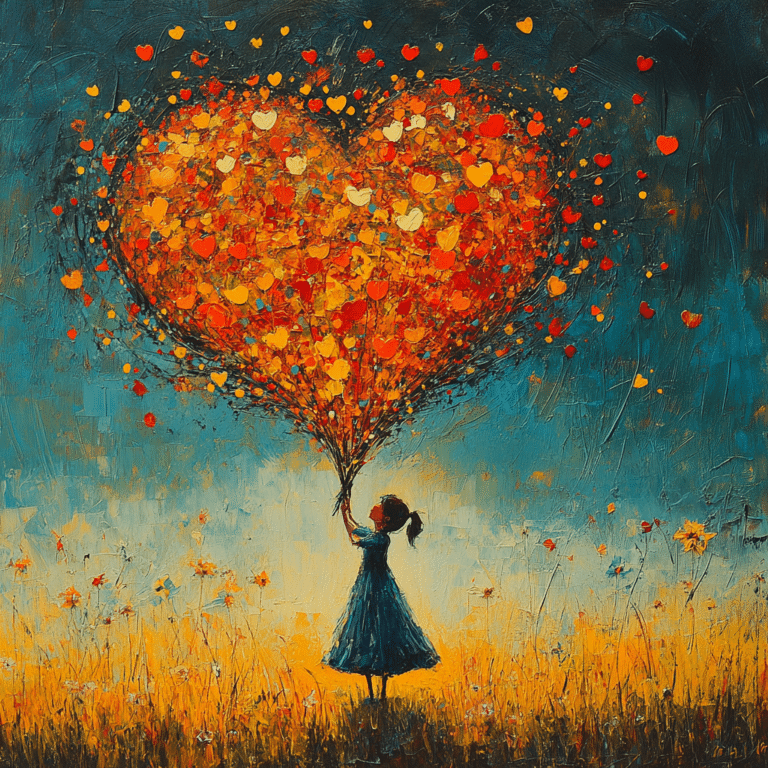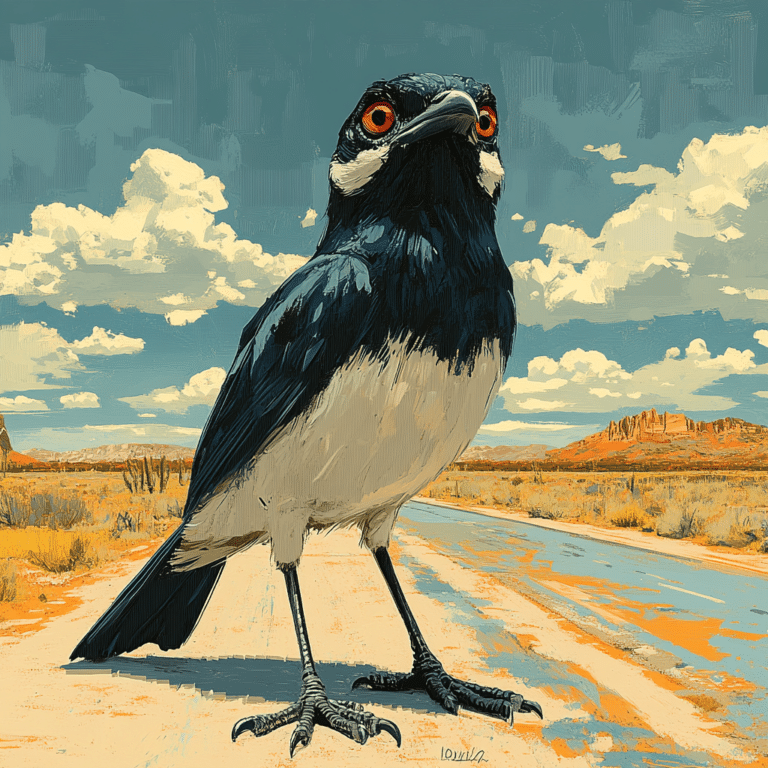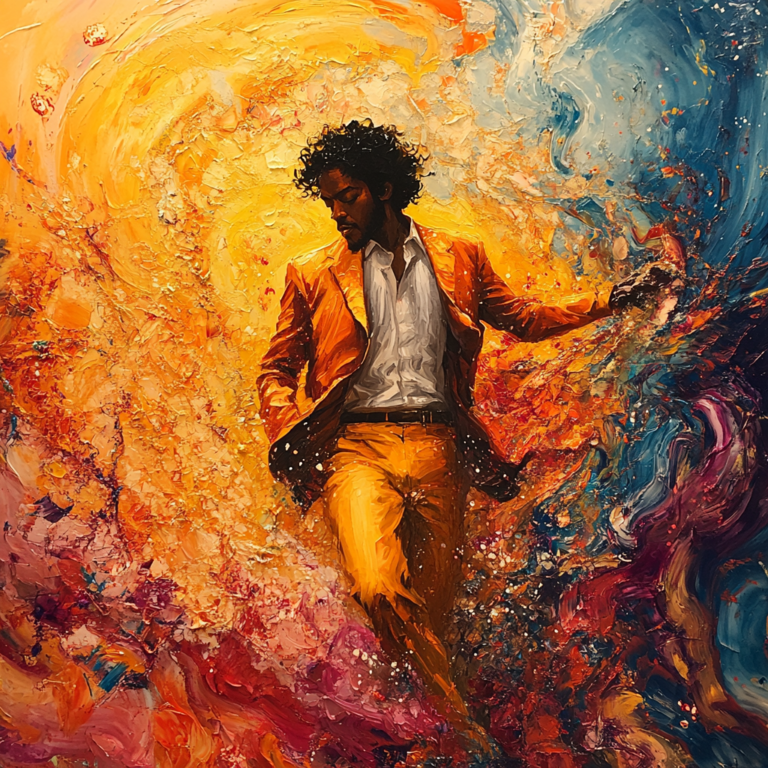Understanding Symbols of Hope in Contemporary Society
In a world that can sometimes feel heavy and dark, symbols of hope shine brightly, reminding us of resilience, potential, and positive change. From grassroots movements to a vibrant art scene, these symbols manifest in hundreds of ways, each telling a story that resonates within our communities. When we look closer, we see that these symbols help nurture dreams and aspirations.
Take a moment to think about the various symbols we encounter daily. They may appear mundane at first glance, but they hold deep meaning. They capture the essence of struggles overcome and futures yet to be written. In 2024, amid societal shifts and personal challenges, it’s more important than ever to embrace these symbols of hope and what they represent.
We can find hope in art, literature, and even individual stories. The images that stir our emotions, the words that inspire us—these symbols intertwine with the fabric of our lives, lighting the way toward brighter tomorrows. As we dive into some of the most significant symbols of hope, let’s explore their impact on our dreams and convictions.
Top 7 Symbols of Hope and Their Impact on Dreams
1. The Peace Sign
Originally created for the British nuclear disarmament movement in the late 1950s, the peace sign has evolved into a powerful symbol of hope. It represents not just a call for nuclear disarmament but a broader aspiration for harmony and justice worldwide. Its presence in protests and movements reminds us that we can unite across differences and strive for a common good.
The peace sign’s impact is manifested through various campaigns, like those in Baltimore aiming to promote community well-being. As we push for social justice, the call to peace continues to ignite passion and solidarity among diverse groups.
2. The Rainbow Flag
When artist Gilbert Baker crafted the rainbow flag in 1978, he lit a flame of hope for the LGBTQ+ community. Each stripe tells a different story within the spectrum of identity, reinforcing the message of inclusivity. Fast forward to 2024, and the flag continues to be a vibrant beacon, representing love, acceptance, and the struggle for equality.
At events like Pride Month in Baltimore, the rainbow flag serves as a centerpiece, shining brightly against the backdrop of societal transformation. Its enduring presence showcases the progress made and the work still needed to support marginalized voices.
3. The Butterfly
With its metamorphosis from caterpillar to butterfly, this creature is a timeless symbol of hope across cultures. It represents transformation and growth, serving as a reminder that even in life’s toughest moments, change is possible. Organizations such as the Butterfly Foundation have harnessed this symbol to advocate for mental health awareness, encouraging individuals to rise above adversity.
Just like the butterfly, many people have faced challenges that felt insurmountable but emerged stronger. In sharing stories of resilience, communities bolster collective dreaming and inspire others to embrace change.
4. The Dove
Considered a universal symbol of hope, the dove resonates deeply as a representation of peace and renewal. After the devastation of World War II, Pierre-Auguste Renoir’s painting “Dove of Peace” emerged as a symbol for a society yearning for tranquility. Today, organizations like the United Nations use the dove as part of their initiatives for conflict resolution and global cooperation.
The dove reminds us that hope can foster healing and reconciliation, urging us to work towards a future without conflict. Its gentle presence serves as a guiding light, leading us to peace even amidst turmoil.
5. The Anchor
Steeped in maritime tradition, the anchor signifies hope and stability. For veterans and their families, it embodies the promise of safe returns amidst life’s storms. Brands like Anchor Brewing Company have adopted this symbol to convey reliability and commitment to core values, echoing the hope for steadfastness that permeates society.
With its combination of strength and security, the anchor encapsulates the essence of resilience: no matter how rough the waters, we can hold onto something that grounds us and gives us hope for calmer days ahead.
6. The Rising Sun
The imagery of a rising sun paints a striking portrait of new beginnings and optimism. Cultures worldwide celebrate this symbol as a harbinger of renewal. In Japanese art and literature, the sun embodies the idea that light follows darkness, illuminating paths toward opportunity.
As 2024 unfolds, mental health campaigns are adopting this imagery to encourage people to embrace optimism, reflecting the sunrise’s timeless message: there’s always the potential for growth, healing, and a brighter tomorrow.
7. The Lotus Flower
In various Eastern philosophies, the lotus flower signifies purity, enlightenment, and rebirth. Emerging beautifully from muddy waters, it symbolizes the journey of overcoming struggles and flourishing in the face of adversity. Empowering organizations like Lotus Outreach utilize this symbolism to advocate for vulnerable populations and provide hope through tangible support.
The lotus flower serves as a reminder that growth often occurs in the hardest circumstances. By nurturing connections and fostering resilience, we can create positive change, mirroring the lotus’s journey from murky waters to blooming beauty.
| Symbol | Description | Meaning/Significance | Associated Elements |
|---|---|---|---|
| Sunrise | The moment the sun rises above the horizon | New beginnings, renewal, promise of a brighter future | Dawn, light, warmth |
| Rainbow | A meteorological phenomenon, typically seen after rain | Hope after adversity, promise of better things | Colors, moisture, sunlight |
| Baby | Symbolic representation of new life | Represents potential, innocence, and future hope | Birth, growth, family |
| Spring | A season marked by rejuvenation | Renewal, rebirth, growth | Flowers blooming, warmer weather |
| Flower Bud | A stage of flowering plants | Growth and potential, beginnings of new life | Daffodil, Iris, Tulips, Sunflower, Bluebells |
| Winter Solstice | The shortest day of the year, often brings light back | Hope and light returning, overcoming darkness | Celebration of light, festivals (e.g., Yule) |
| Flower of Hope | Represents resilience and optimism | Symbolizes the ability to overcome adversity | Various flowers (Daffodil, Iris, etc.) |
| Icons (Orthodox) | Religious images viewed as windows to heaven | Helps grasp complex spiritual concepts, connection to divinity | Religious tradition, art, spirituality |
| Light | Often depicted as illumination or brightness | Symbolizes clarity, understanding, and hope | Candles, lamps, sunlight |
Embracing Symbols of Hope as Agents for Change
These symbols of hope are not merely decorative aspects of culture; they are powerful reminders of our shared humanity. They push us to unite, to rise above challenges, and to aspire for positive change. Each symbol carries a narrative that fuels our collective dreaming and motivates efforts toward progress.
In 2024, let’s consciously integrate these symbols into our daily lives. Whether through activism, personal reflection, or community engagement, every effort counts. Cultivating these symbols inspires us to contribute to a narrative filled with possibility and light.
As we navigate life’s ups and downs, we need reminders that a brighter future is always within reach. Each of these symbols encourages us to believe in ourselves, embrace our dreams, and continue striving for a better tomorrow. With every sunrise, every flutter of a butterfly, and every representation of diversity, we are reminded that hope is not just a fleeting sentiment; it is a powerful force that illuminates the path we walk.
Symbols of Hope That Illuminate Our Lives and Dreams
The Power of Symbols
Symbols of hope are all around us, and they can uplift our spirits in ways we sometimes overlook. For instance, the simple act of planting a tree symbolizes growth and resilience. Did you know that sweet gum tree Balls, often seen littering yards in the fall, represent nature’s cyclical beauty? They remind us of fresh beginnings, just like a new year ahead. Speaking of fresh starts, hope can often spring from unexpected sources, just as the journey of athletes like Alex Zanardi shows us. His resilience after a life-changing accident highlights how symbols of hope manifest through the will to overcome challenges.
Everyday Icons of Hope
Then there are everyday objects that we may not think twice about, yet hold deep meaning. A yellow ribbon is a classic symbol of hoping for a safe return, often linked to military service. Similarly, the simple image of a peace dove has been associated with calm and hope for generations. Interestingly, even in pop culture, we find references that resonate with our dreams and aspirations. For instance, the popular anime “One Piece” has captivated audiences, including the latest episode, one piece 1086, which carries themes of friendship and perseverance. These stories and symbols gently remind us that hope lives in the finest details of our lives.
Finding Hope in Humor
Let’s not forget the role of humor in spreading hope! A bit of Snarkiness can lighten the mood and bring a smile when times get tough. For instance, many use humor as a coping mechanism during challenging times, fostering a sense of community. And speaking of community support, did you know that sharing a “Happy Valentine’s Day” message for your daughter can be a sweet reminder of love and hope? These small gestures can brighten someone’s day. Just like the popular phrase Spanish For weed reflects the cultural humor, our everyday language and laughter often intersect, inspiring hope and connection among us.
In conclusion, symbols of hope are woven into the fabric of our lives. Whether through nature, stories, or a good laugh, they remind us to keep pushing forward, shining light even in the darkest moments. So, look around you! Hope is just waiting to illuminate your path.



























